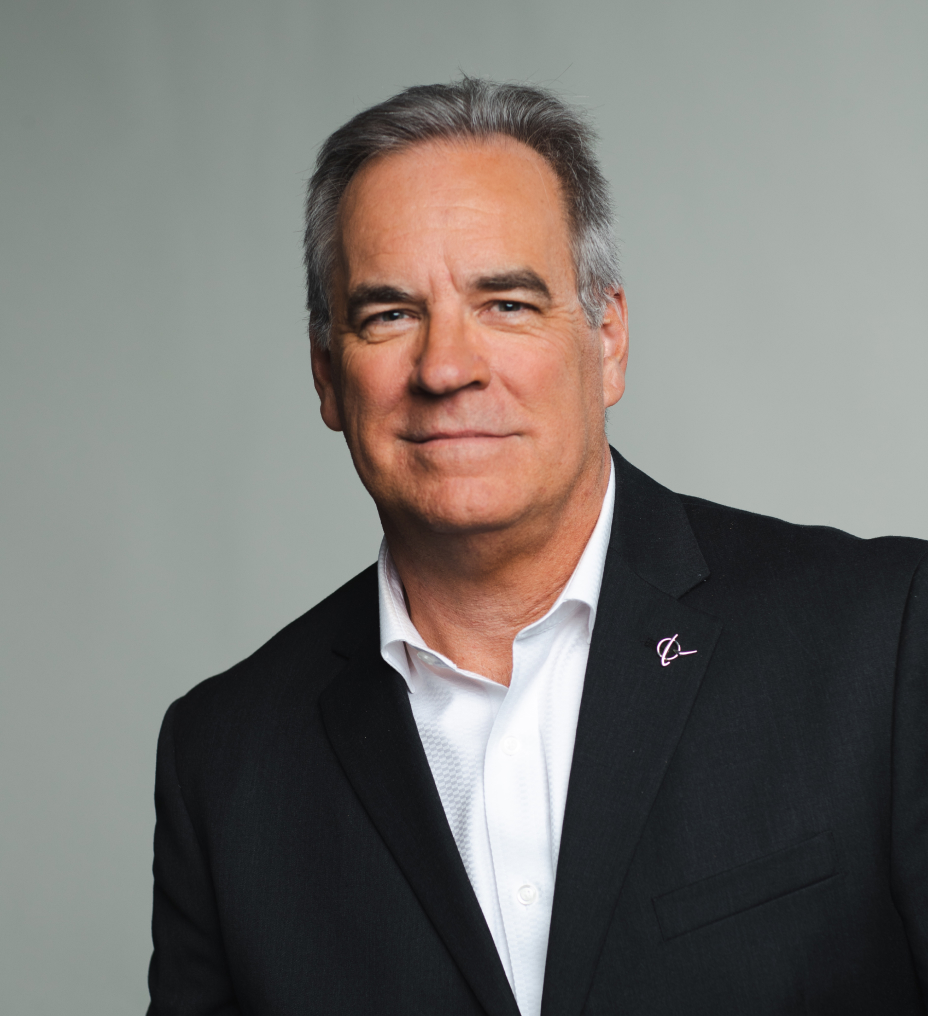Underpinning Boeing's safety practices is its Safety Management System (SMS). The company's SMS operates in conjunction with longstanding product assurance processes and continues to mature.
The SMS identifies product safety hazards and then mitigates risks. For quality issues as with other potential hazards, the SMS evaluates all potential negative outcomes and develops risk controls that could include the design, how the parts are produced, what inspections are in place and even what instructions are given to operators in order to mitigate the product safety risk.
In 2023, Boeing implemented SMS Boards within product and functional organizations that are responsible for the design, build and support of the flying fleet. The SMS Boards identify, track and mitigate risks within their areas of operation while considering all the technical, cultural and systemic factors that contribute to a particular issue or change.
It is an approach that leads to a more thorough consideration of risks and proactive steps to address them. If appropriate, SMS Boards can elevate potential risks to the SMS Accountable Executive, currently the Boeing CEO, and the Board of Directors Aerospace Safety Committee, ensuring attention and resolution of potential issues from a bottom-up approach.
SMS Boards use the safety risk management (SRM) process to assess hazards and manage actions to mitigate risks. Through an SRM, Boeing teams evaluate all potential negative outcomes associated with a change or uncontrolled hazard and develop risk controls that could include the design, production and support of the company's products and services. The company has applied the SRM process to several issues in recent years, implementing mitigation plans and reducing risks.
In addition, earlier this year, the FAA mandated all design and manufacturing companies to implement an SMS. As the industry transitions to a final rule, Boeing will enhance its voluntary SMS, which was approved by the FAA in 2020 and reconfirmed in 2021, to meet the new regulation. Boeing is also engaging with other design and manufacturing companies, as appropriate, to both contribute and learn from others as the industry creates a common method for implementing the SMS.







